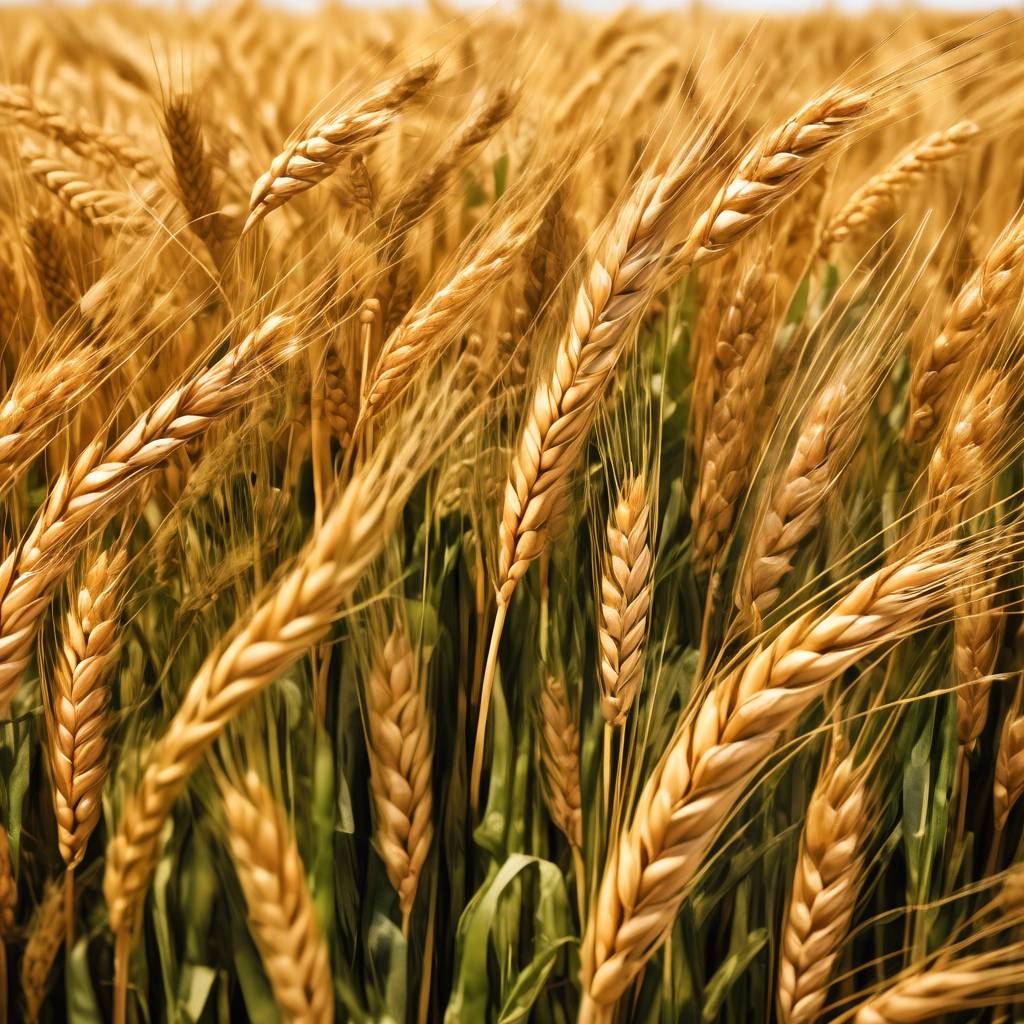With the world currently experiencing geopolitical turmoil, investing in wheat futures is being touted as a great hedge against such uncertainty. According to Shawn Hackett, in an escalating world war type situation, wheat supplies become crucial as they are needed to feed half the world and are grown in almost every country. During times of war, smaller wheat crops are likely, leading to higher prices for products such as bread, pastries, and pizza. This has been seen in the past during WWI and WWII, where wheat prices tripled. It is common for countries to go to war after the crops are harvested to ensure their populations are fed.
The type of wheat to watch for this geopolitical hedging purpose is CBOT wheat, as it is most related to the price of Russian wheat. With Russia being the world’s largest exporter of wheat before the invasion of Ukraine, Russian wheat prices are likely to be impacted by any world war centered in the Middle East. Hackett predicts that if the ongoing conflicts escalate and lead to WWIII, Russian wheat prices will likely skyrocket. This potential event is seen as a possibility in the near future, with 2026 being identified as a year of geopolitical instability that could mirror the impact seen during WWI and WWII.
Currently, wheat is priced at around $6 a bushel, but in the event of a major war breaking out, prices could surge to $18 based on historical patterns. Additionally, unfavorable weather conditions like droughts, frosts, and floods could also negatively impact wheat crops, leading to reduced yields or crop destruction. Hackett advises physical buyers of wheat to not delay their purchases and to protect against upside price risks. For individual investors looking to hedge their portfolios, investing in wheat futures contracts or in the Teucrium Wheat Fund exchange-traded fund, which tracks a basket of wheat futures contracts, could be a wise strategy.
While there is no guarantee that a major war will occur or that weather conditions will severely impact wheat crops, it is important to be prepared for such scenarios. Forecasting weather is difficult, and no one wants a World War III. However, with ongoing geopolitical tensions and the potential for further conflict, investing in wheat futures as a hedge against such uncertainty could prove to be a prudent move. The importance of wheat as a staple food crop for a significant portion of the world’s population makes it a valuable asset to consider in times of geopolitical instability.








